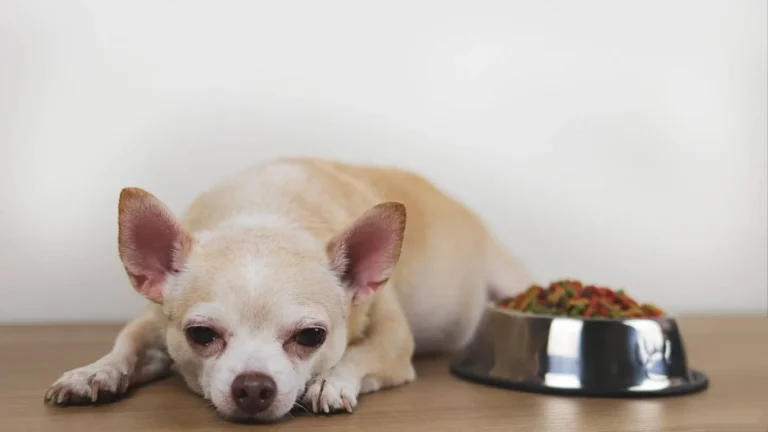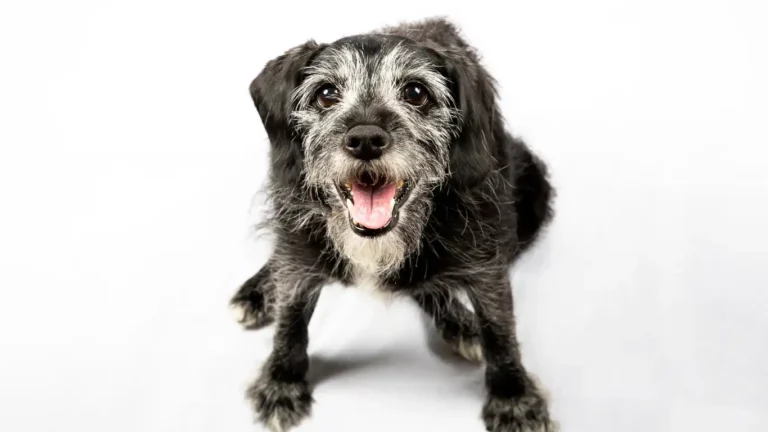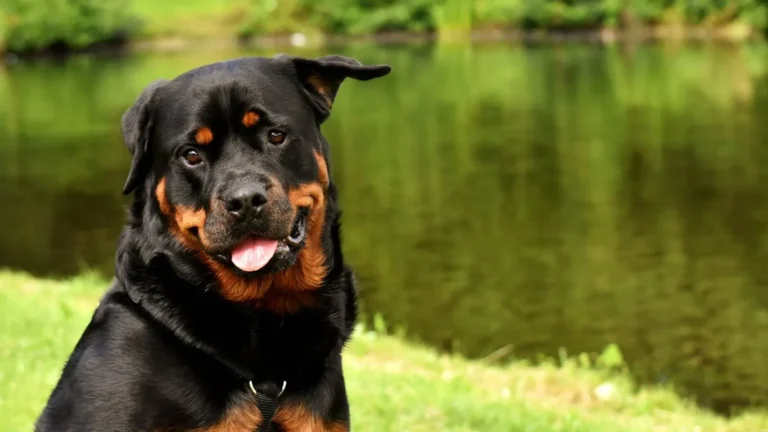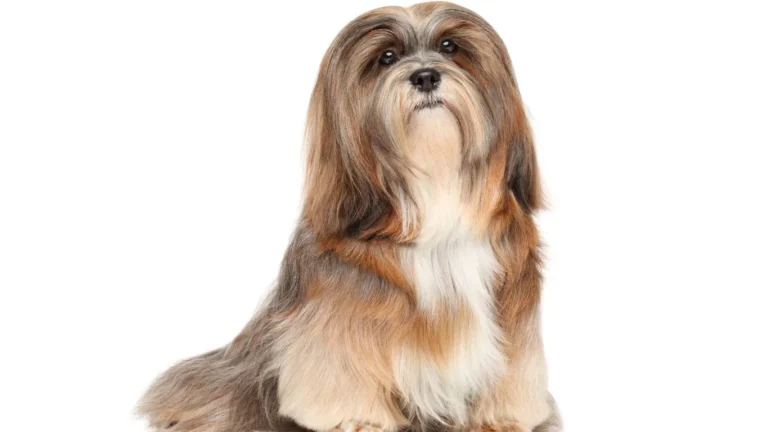How Much Water Should a Dog Drink Daily? Avoid These Hydration Mistakes!
Ever caught your pup slurping down water like they just ran a marathon—or maybe barely touching their bowl at all? It’s a question I get all the time from pet parents: How much water should a dog drink daily? Hydration plays a massive role in your dog’s overall health, but the “right” amount isn’t a simple one-size-fits-all answer. As a pet nutritionist and someone who’s worked closely with veterinarians, I’ve seen firsthand how proper hydration (or lack of it) impacts a dog’s well-being. So, let’s break it all down—how much water your furry friend really needs, what affects their thirst levels, and when you should be concerned.
Why Is Water So Important for Dogs?
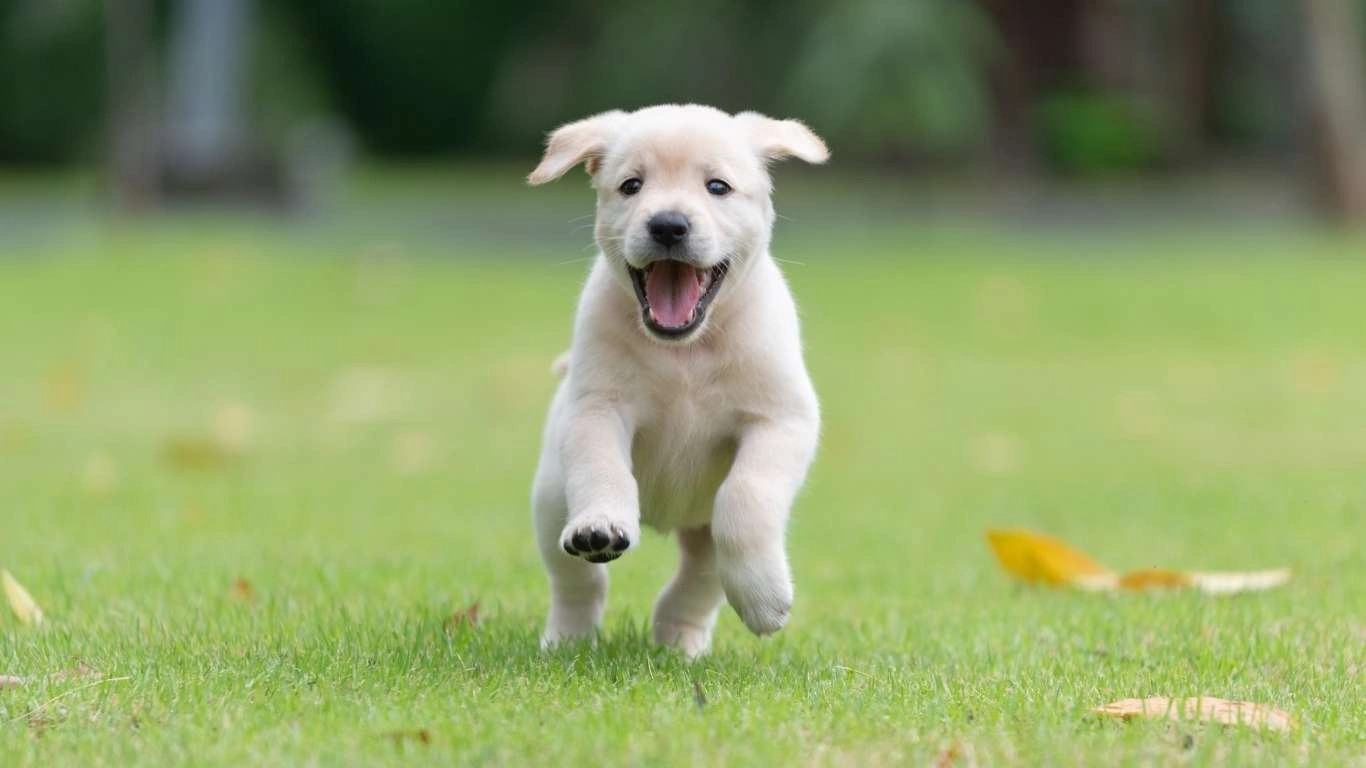
Just like us, dogs rely on water for nearly every bodily function. From digestion to temperature regulation, hydration is key to keeping your pup healthy and happy. Here’s why water is a big deal:
- Regulates body temperature – Dogs don’t sweat like we do, so they cool down through panting and drinking water.
- Supports digestion – Water helps break down food and absorb nutrients.
- Keeps organs functioning – Kidneys, heart, and liver all depend on proper hydration.
- Lubricates joints – Helps prevent stiffness, especially in older dogs.
- Flushes out toxins – Water aids in removing waste from the body.
When a dog doesn’t get enough water, it can quickly lead to dehydration, which is more serious than most people realize. And trust me, I’ve seen my fair share of cases where a simple lack of water caused major health issues.
How Much Water Should a Dog Drink Daily?

Now, let’s get to the numbers! On average, a healthy dog should drink about 1 ounce of water per pound of body weight per day. That means:
- A 10-pound Chihuahua should drink around 10 ounces of water daily.
- A 50-pound Labrador needs roughly 50 ounces of water.
- A 100-pound Great Dane should be drinking close to 100 ounces daily.
But that’s just a general guideline. The actual amount can vary based on a bunch of factors—some dogs drink more, some less, and it’s not always a bad thing.
Factors That Affect a Dog’s Water Intake

1. Size and Breed
Bigger dogs obviously need more water than tiny ones, but some breeds are naturally thirstier. Working breeds like Border Collies or Huskies tend to drink more due to their high energy levels.
2. Diet
What your dog eats matters! Kibble-fed dogs typically drink more water than dogs on a wet food or raw diet since dry food lacks moisture. If your pup is eating canned food or a fresh food diet, their water intake might seem lower because they’re getting hydration from their meals.
3. Activity Level
Just like us after a workout, dogs need more water when they’re active. If your dog loves long walks, runs, or playtime in the yard, they’ll naturally drink more. Keep an eye on their water bowl after exercise—they’ll often need a refill.
4. Weather and Temperature
Hot weather? Your dog will need extra water to stay cool. During summer months, I always tell pet parents to bring a portable water bowl on walks—it makes a huge difference in preventing overheating.
5. Health Conditions
Some medical conditions, like kidney disease, diabetes, or Cushing’s disease, can cause increased thirst. On the flip side, dehydration can be a warning sign of illness. If you notice sudden changes in your dog’s drinking habits, it’s worth a vet check-up.
So, now that we know how much water a dog should drink daily and what influences their hydration, how can you make sure they’re actually drinking enough? That’s exactly what we’ll cover next.
Signs Your Dog Isn’t Drinking Enough Water
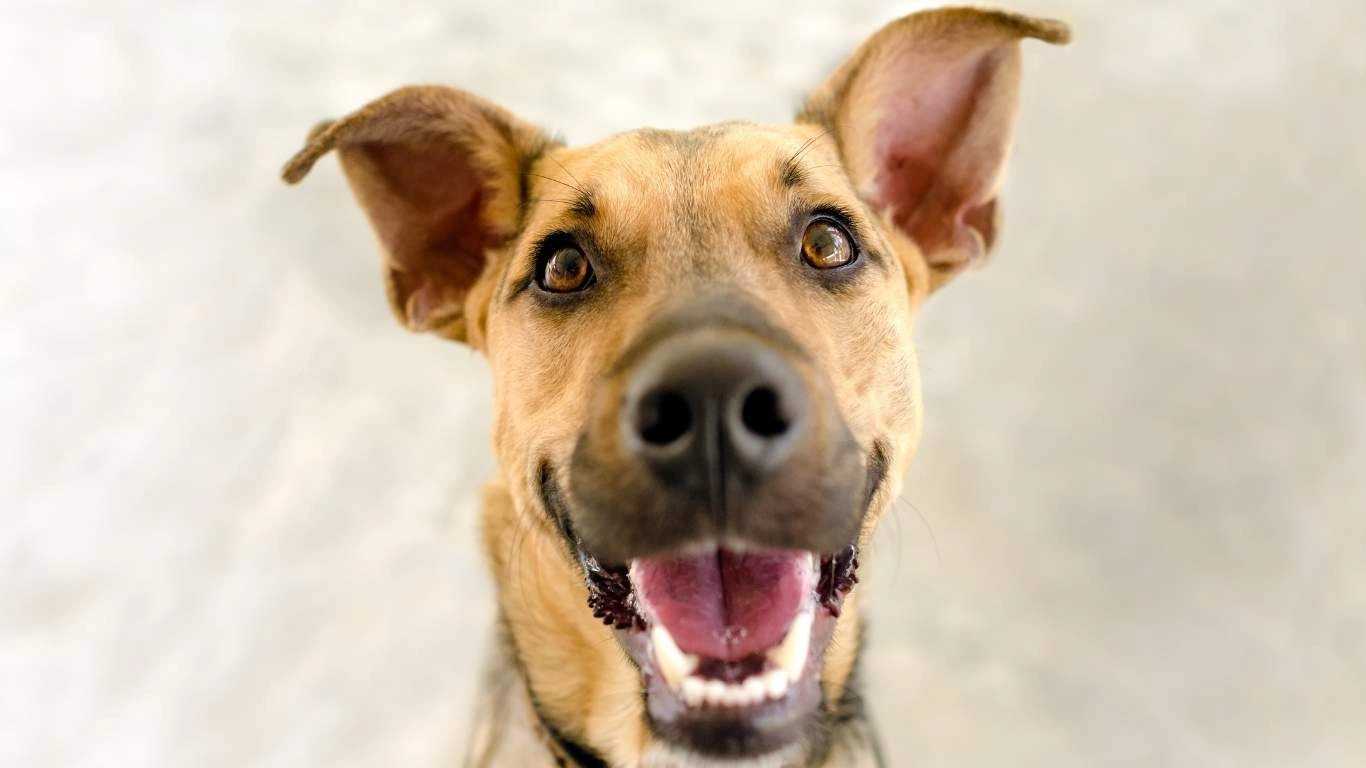
So, how do you know if your dog is getting enough water? Sometimes, it’s obvious—like when your pup’s water bowl stays untouched all day. Other times, the signs of dehydration can be subtle. Here are some things to watch for:
- Dry gums and nose – A well-hydrated dog’s gums should be moist, and their nose should feel slightly damp. If they’re dry or sticky, that’s a red flag.
- Loss of skin elasticity – Try this simple test: Gently pinch the loose skin on the back of your dog’s neck and let go. If it snaps back quickly, they’re hydrated. If it takes time to settle, they may be dehydrated.
- Lethargy or weakness – Dehydration can zap your dog’s energy, making them sluggish or uninterested in playing.
- Sunken eyes – If your dog’s eyes look dull or sunken, it’s a sign they need more fluids.
- Excessive panting – While panting is normal, excessive panting without drinking water could indicate dehydration.
- Dark yellow urine or less frequent urination – Well-hydrated dogs should have light yellow urine. Dark yellow or a noticeable decrease in peeing means they may not be drinking enough.
I once had a client with an older Golden Retriever named Max. His owner thought he was just slowing down due to age, but when I checked his gums and did the skin test, it was clear he was dehydrated. A quick vet visit confirmed early kidney issues, which we managed with a hydration plan. That’s why paying attention to these signs is so crucial.
How to Encourage Your Dog to Drink More Water

If your dog isn’t drinking enough, don’t worry—there are plenty of tricks to get them to hydrate more. Here’s what has worked for my own dogs and the pets I’ve helped over the years:
1. Keep the Water Bowl Fresh and Clean
Dogs can be picky about their water! If their bowl is dirty or the water has been sitting out all day, they might refuse to drink. Try changing the water a couple of times a day and washing the bowl regularly.
2. Try a Pet Fountain
Some dogs prefer moving water over still water. A pet water fountain mimics a natural stream, which can entice them to drink more. This has worked wonders for some of my clients’ stubborn pups.
3. Add Water to Their Food
If your dog eats dry kibble, adding a little water or broth can help increase their hydration. Just make sure the broth is unsalted and doesn’t contain onions or garlic, which are toxic to dogs.
4. Offer Ice Cubes
Some dogs love chewing on ice cubes, especially in hot weather. It’s a fun way to keep them hydrated while also cooling them down.
5. Flavor the Water
If plain water isn’t doing the trick, try adding a splash of low-sodium chicken or beef broth. I’ve seen this work like magic for picky drinkers!
6. Provide Multiple Water Stations
For larger homes or multi-dog households, having water bowls in different areas can encourage more drinking. Some dogs just don’t like walking all the way to their bowl when they’re comfortable in another room.
7. Monitor Their Hydration
Keeping track of how much water your dog drinks can help you spot any changes early. If you’re concerned, measuring the amount you pour into their bowl and checking how much is left at the end of the day is a great habit.
These simple strategies can make a big difference. If you’ve tried everything and your dog is still not drinking enough, it might be time to dig deeper into the cause.
When to See a Vet About Your Dog’s Water Intake

Sometimes, changes in drinking habits can signal an underlying health problem. Here’s when you should call your vet:
- A sudden increase or decrease in water intake – If your dog is drinking way more or way less than usual, it could indicate a health issue.
- Frequent urination or accidents – Excessive drinking paired with frequent urination could be a sign of diabetes, kidney disease, or a urinary tract infection.
- Vomiting or diarrhea – These can lead to rapid dehydration, especially in small or senior dogs.
- Extreme lethargy – If your dog seems overly weak or uninterested in food and water, seek medical advice.
One of my clients once had a Beagle named Daisy who suddenly started drinking an excessive amount of water. Turns out, she had early-stage diabetes. Catching it early meant she got the right treatment before it became a serious issue. That’s why knowing your dog’s normal drinking habits is so important!
Keeping your dog properly hydrated is one of the simplest yet most essential things you can do for their health. Now that we’ve covered why hydration matters, how much water dogs need, and how to encourage them to drink, there’s still one more piece of the puzzle left—understanding special hydration needs based on age, diet, and medical conditions.
Case Studies & Real-Life Examples

Sometimes, the best way to understand a concept is through real-life experiences. Over the years, I’ve worked with countless pet owners who struggled with their dog’s hydration. Here are a few cases that highlight just how crucial proper water intake is:
1. Bella, the Senior Poodle with Kidney Issues
Bella, a 12-year-old Poodle, started drinking less and less water over time. Her owner assumed it was just part of aging, but when Bella became lethargic and refused food, they brought her in. A quick test revealed early-stage kidney disease, which was made worse by dehydration. By switching to a moisture-rich diet and encouraging water intake with flavored broths, Bella’s condition stabilized. This case reinforced how dehydration can accelerate underlying health conditions, especially in older dogs.
2. Rocky, the Labrador Who Drank Too Much
On the opposite end of the spectrum, Rocky, a 4-year-old Lab, was guzzling water non-stop. His owner thought he was just a thirsty boy, but when Rocky started having accidents in the house, they became concerned. After a few tests, we discovered he had diabetes, which was causing excessive thirst and urination. With the right treatment, Rocky’s water intake normalized, and his health improved.
3. Luna, the Picky Drinker
Luna, a tiny Chihuahua, never seemed to drink enough water. Her owner tried multiple bowls, but Luna just wasn’t interested. After switching to a pet water fountain and adding a little unsalted broth to her meals, Luna started drinking regularly. Some dogs are just finicky about their water source, and small adjustments can make a big difference.
Key Takeaways: What You Need to Remember
By now, you should have a solid understanding of why hydration is so important for your dog. Here are the key takeaways to keep in mind:
- Dogs need about 1 ounce of water per pound of body weight daily. However, factors like diet, activity level, and weather can impact this.
- Signs of dehydration include dry gums, sunken eyes, lethargy, and dark urine. Catching these early can prevent serious health issues.
- Encourage hydration with fresh water, pet fountains, broth, and moisture-rich foods. Some dogs need a little encouragement!
- Excessive thirst can be a warning sign. If your dog is drinking significantly more or less than usual, consult a vet.
FAQs
Still have questions? Here are some common ones I get from pet parents:
1. What if my dog doesn’t drink water all day?
Some dogs naturally drink less, but if your dog avoids water for an entire day, check for signs of dehydration. Try offering fresh water, ice cubes, or broth. If they still refuse, a vet visit is a good idea.
2. Can my dog drink too much water?
Yes! Excessive water consumption can indicate health issues like diabetes or kidney disease. If your dog is drinking non-stop and having frequent accidents, consult your vet.
3. Is it safe to add flavor to my dog’s water?
Absolutely! Low-sodium chicken or beef broth is a great way to encourage hydration. Just make sure it doesn’t contain onions, garlic, or added salt.
4. Do puppies need more water than adult dogs?
Yes, puppies are more prone to dehydration because they have higher energy levels. Always ensure they have access to clean water, especially after playtime.
5. What’s the best type of water bowl for my dog?
Stainless steel or ceramic bowls are best, as they’re easy to clean and don’t hold bacteria like plastic bowls. If your dog prefers moving water, a pet fountain can be a great investment.
Bonus: Additional Resources or DIY Tips
Here are some extra tips and tricks to keep your pup hydrated:
- DIY Frozen Treats: Freeze water or broth with small pieces of fruit (like blueberries) for a hydrating snack.
- Hydration on the Go: Always carry a collapsible water bowl when traveling or hiking with your dog.
- Monitor Water Intake: If your dog’s drinking habits change suddenly, take note and track their intake for a few days.
Appendix: Table, References, and Disclaimer
Hydration Guide Table
| Dog Weight (lbs) | Recommended Water Intake (oz) |
|---|---|
| 10 lbs | 10 oz |
| 25 lbs | 25 oz |
| 50 lbs | 50 oz |
| 75 lbs | 75 oz |
| 100 lbs | 100 oz |
References
- American Kennel Club (AKC) – Comprehensive dog hydration guide
- ASPCA – Signs of dehydration in pets
- Cornell University Veterinary College – Veterinary research on hydration
Disclaimer
This article is for informational purposes only and should not replace professional veterinary advice. If you suspect your dog is dehydrated or drinking excessively, consult your veterinarian for proper diagnosis and treatment.
Call to Action
Want to ensure your dog stays happy and hydrated? Start by checking their water bowl right now! If you found this article helpful, share it with other dog parents who might benefit. And if you have any tips of your own, drop them in the comments—we’d love to hear from you!

